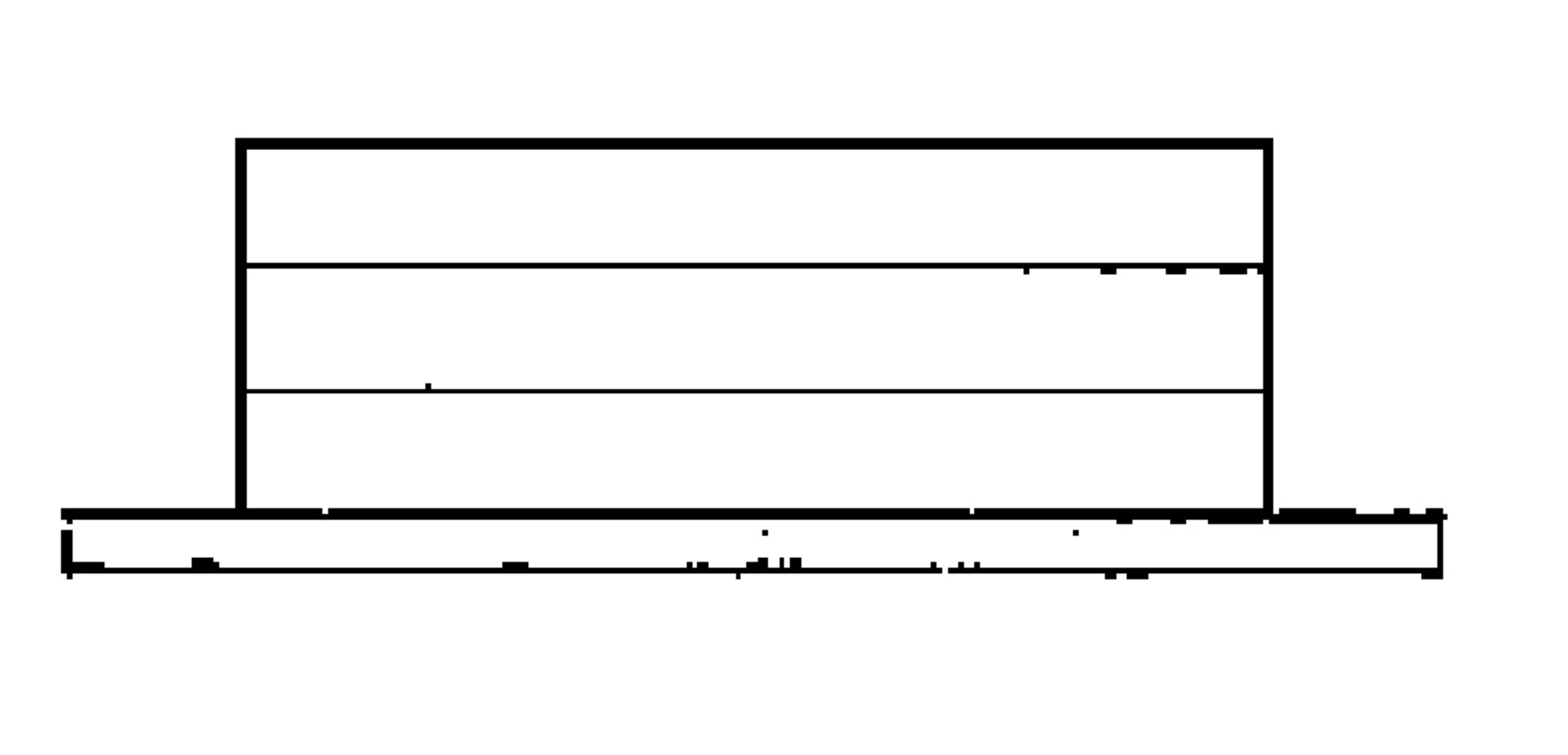Mechanics |18-09-2020|

Three identical long metal bars each of mass are placed in a stack on a horizontal floor as shown in the figure. Surfaces of the plates as well as of the floor are lubricated with oil. Force of viscous drag from lubri-cating oil on a surface is given by equation , where is a positive constant and is velocity of the surface relative to the other. If the upper bar is given a velocity towards the right by a sharp hit, find displacement of each of the bars when all of them stop.
Add the displacement of all bars.
Answer will come in the form of
Type as your answer.
The answer is 6.
This section requires Javascript.
You are seeing this because something didn't load right. We suggest you, (a) try
refreshing the page, (b) enabling javascript if it is disabled on your browser and,
finally, (c)
loading the
non-javascript version of this page
. We're sorry about the hassle.
Let the X coordinates of the lower, middle and upper bars be x 1 , x 2 , and x 3 respectively. Then applying Newton's second law to each of the masses gives:
m x ¨ 1 = − k x ˙ 1 + k ( x ˙ 2 − x ˙ 1 ) m x ¨ 2 = k ( x ˙ 3 − x ˙ 2 ) − k ( x ˙ 2 − x ˙ 1 ) m x ¨ 3 = − k ( x ˙ 3 − x ˙ 2 )
x 1 ( 0 ) = x 2 ( 0 ) = x 3 ( 0 ) = x ˙ 1 ( 0 ) = x ˙ 2 ( 0 ) = 0 ; x ˙ 3 ( 0 ) = u
Integrating all the above equations, appying initial conditions, equating the velocities to zero, and simplifying gives:
− 2 k x 1 + k x 2 = 0 k x 1 − 2 k x 2 + k x 3 = 0 − k x 2 + k x 3 = m u
Solving and adding gives:
x 1 + x 2 + x 3 = k 6 m u
The answer is α = 6